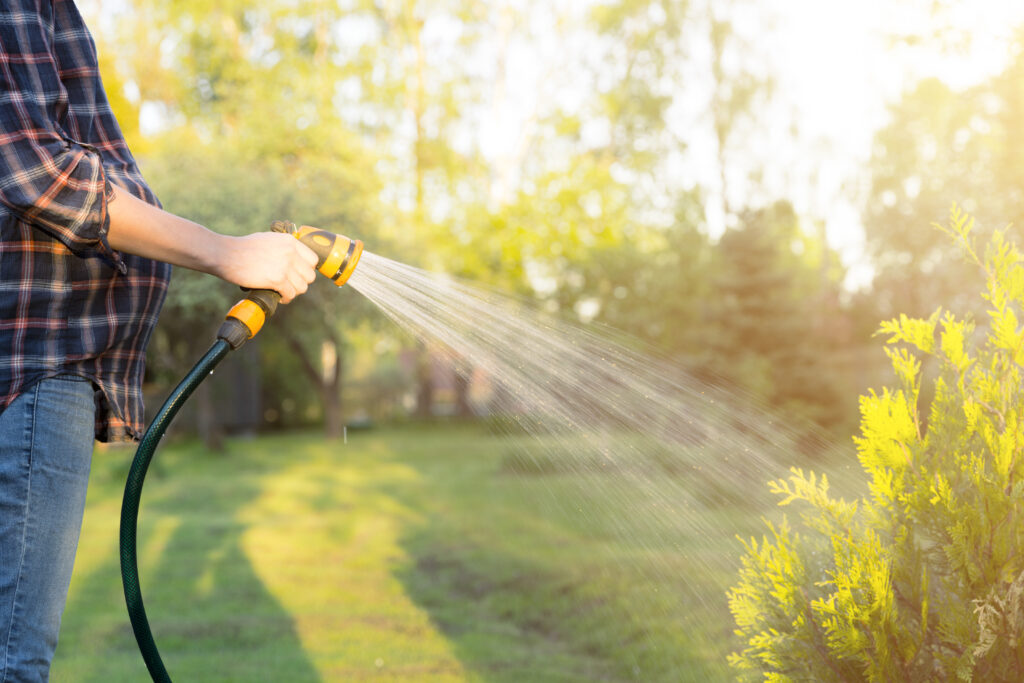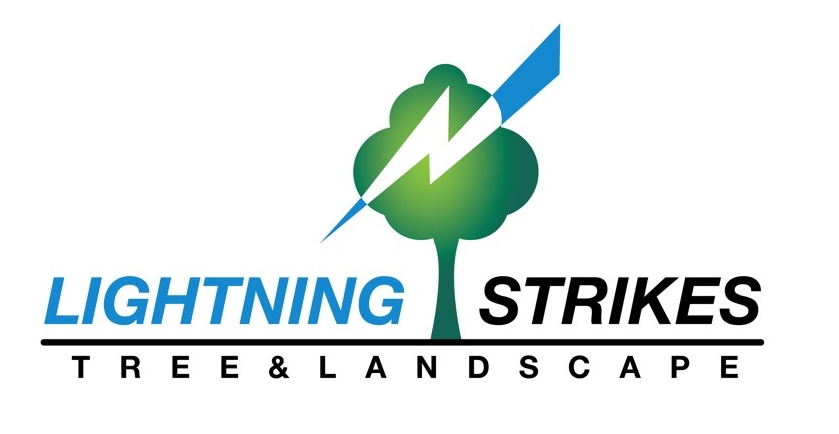-

Many homeowners and business owners believe that rain will provide the necessary irrigation for their trees to thrive. This used to be true in most cases but with the irregular weather patterns due to climate change this can greatly affect your trees. Tree service companies in Plymouth have noticed a growing trend of high temperatures, and droughts in the summer months. Our trees aren’t getting what they need from nature alone. Trees need different amounts of water based on species and age. Without regular tree care and maintenance your trees run the risk of tree removal. Throughout this blog we will give you some tips and tricks our local arborists use to keep your trees happy and healthy.
Aged Trees vs. Newly Planted
Newly planted trees definitely need more care and maintenance than the trees that were there before you moved in. Newer trees will need irrigation help at the root ball area directly below the trunk. Newly planted tree and shrubs will require care and irrigation for around one to two years after planting. Some species require more maintenance than others. A simple way to see if your tree is in need of added irrigation would be a soil sample. The moisture content of the soil will give you an idea if your tree requires more attention. If they soil is moist and soft if may require less care, but hard and dry soil is a sign of lack of water. Some people test soil with a screwdriver or gardening fork if it pushes into the soil easy there is moisture present if it goes in hard the soil will need irrigation. Older trees with developed root systems may be less susceptible to being de-hydrated and in poor health. When you look at a tree and see its branches sprawling out and up into the sky what you don’t see is an equally developed root system underground that can help provide water and nutrients as well.
Weather Conditions
When the temperatures get hot, or a drought is in effect the moisture content in the soil is used up by your trees almost instantly even by tree species that are usually self-sufficient. In these conditions some trees, especially newly planted ones will need as much as 15 gallons of water to be healthy. To avoid damage and costly tree removal due to dead trees, it’s important to keep an eye on your trees. You also have months where high rainfall can cause excess moisture content in your soil. In these months no irrigation may be necessary. In fact, with some tree species this can become a hazard. Take for instance a Silver Maple, they can grow to be very big but have very shallow roots. They also have a tendency to have water pool up at the base in the months with heavy rain which can be a problem during high winds. This tree species can become uprooted fairly easily which is why its important to speak to a local tree service company to help with your tree care plan.
Irrigation Styles
There are many ways to irrigate your trees and landscape. Some homeowners have professionally installed underground irrigation system that come on at a precise time of day to maximize efficiency. There are many more cost-effective ways as well for those who have the time to do so. You can simply use bucket or a hose to get the job done if you do it by hand. There are two other devices that work very similar are a soaker hose which allows water to leak and can cover more of an area. The other is a sprinkler which comes in a number of different designs to cover a large area. Whichever technique you choose doesn’t really matter. What matters is it getting it done. Proper tree trimming, irrigation, and insect treatments can be the difference of having beautiful healthy trees or having to search “tree service near me” to have a tree removal company to remove your trees. To avoid all this, keep a watchful eye on your trees to make sure they are getting the proper irrigation. If you don’t have the time or resources to do this, just reach out to a tree service in Plymouth. They will send out a trained arborist for a free risk assessment and tree care action plan.
Are Trees Damaging Your Property?
Sometimes one bad tree can damage your entire landscape and even your home. Consult with our trained staff for a free assessment
Available 24/7 for Emergency Service
Did lightning strike? That’s our specialty. One call and we will dispatch our emergency response team to handle all your emergency tree service needs
Hours
Monday: 7:30am - 6:30pm
Tuesday: 7:30am - 6:30pm
Wednesday: 7:30am - 6:30pm
Thursday: 7:30am - 6:30pm
Friday: 7:30am - 6:30pm
Saturday: 7:30am - 6:30pm
Sunday: Closed
We Are Serving Plymouth, MA | Milton, MA | Canton, MA
Copyright © 2022 - Lighting Strikes Tree LLC. All Rights Reserved.

